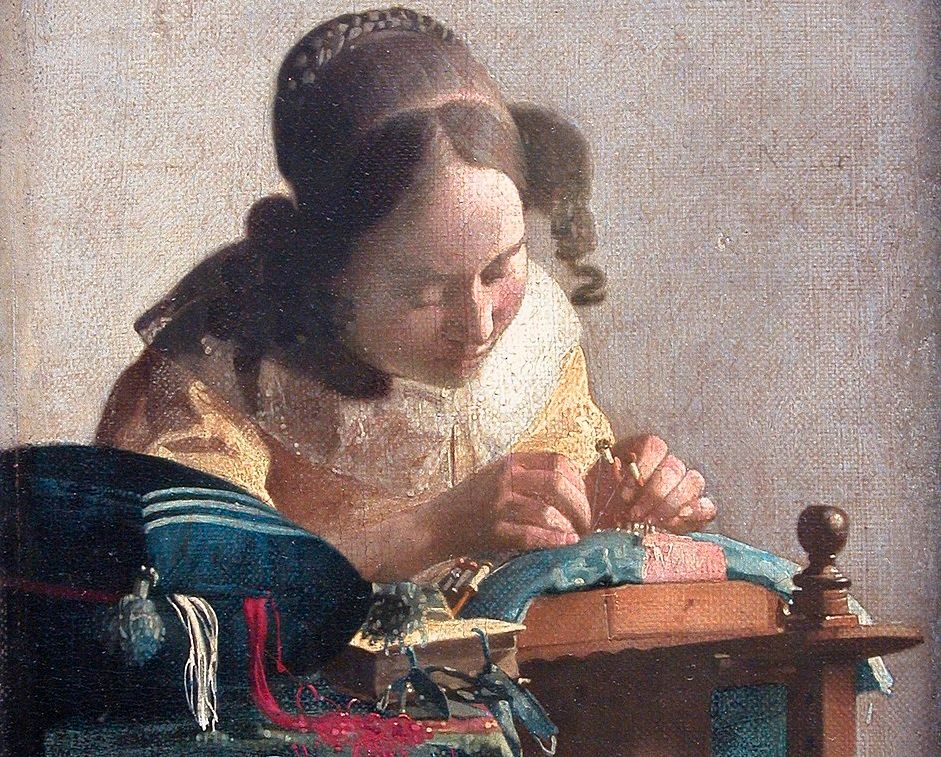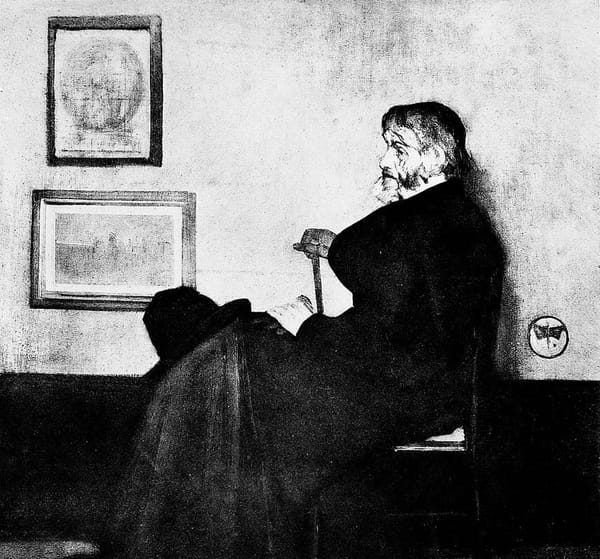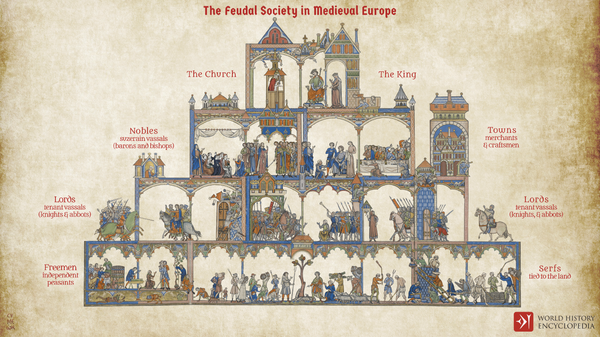History Entwined: Virginia Postrel's The Fabric of Civilization

“My textile exploration began in wonder,” Virginia Postrel writes at the end of her magnificent new book, The Fabric of Civilization. “As I heard from scholars, scientists, and businesspeople (. . .) I was repeatedly struck by what a fundamental technology textiles represent, what world-shaking consequences they’ve had, and how remarkable much of their history is.” And yet that history is, in many ways and to many people, invisible. As Postrel puts it, “any sufficiently familiar technology is indistinguishable from nature.” Yet this fundamental technology, this seemingly permanent fixture of the human environment, is deserving of our wonder and our attention.
If Postrel can claim, with great credibility, that “the story of textiles is the story of human ingenuity,” I would argue that it simply is the human story in its entirety. It is humans at our most artistic but also at our most calculating and scientific. It is humans at our most creative and innovative but also at our most routine and ordinary. It is human beauty and human cruelty. “At best, civilization encourages cooperation, curbing humanity’s violent urges; at worst, it unleashes them to conquer, pillage, and enslave. The history of textiles reveals both aspects.” After all, one cannot tell a history of textiles without telling a history of cotton, a fiber which millions were enslaved to cultivate. Postrel’s history is neither romantic nor cynical, forcing us to look at both the extraordinary inventiveness and energy which gives us everything we take for granted, and the terrible wrongs we casually inflict upon one another in pursuit of narrow benefits.
In short, The Fabric of Civilization is the story of humanity through the lens of fibers, threads, cloths, and dyes, the way they have been made and the complex patterns of trade that have matched stages of production with consumers around the world throughout history. More than history, in fact; Postrel begins in prehistory, noting “What we usually call the Stone Age could just as easily be called the String Age.”
The two prehistoric technologies were literally intertwined. Early humans used string to attach stone blades to handles, creating axes and spears.
The blades survived millennia, waiting to be excavated by archaeologists. The cords rotted away, their vestiges invisible to the naked eye. Scholars named prehistoric ages after the layers of increasingly sophisticated stone tools they found: Paleolithic, Mesolithic, Neolithic. Lithic means “of or pertaining to stone.” Nobody thought about the missing threads. But we get a false picture of prehistoric life and of the earliest products of human ingenuity when we imagine only the hard tools that easily endure the passage of time. Today’s researchers can detect traces of softer stuff.
There would be no stone tools without cords to hold them together. This passage also reveals another recurring theme in the book, another way in which the history (and prehistory) of textiles gives us a view to human ingenuity: the creative and scientific advancements made by scholars and researchers attempting to reveal more of the past than their predecessors were able to. This, too, is part of the human story, and it is the foundation Postrel’s own research rests upon.
And what a foundation it is. I must confess it is difficult to review a book which covers as much ground as this one. The Fabric of Civilization’s scope is vast in both time—beginning in prehistory and moving to the present, with many stops in between and return trips besides—and space, for Postrel tells a truly global history of textiles and the civilizations that produced them. Even this understates the breadth of what is covered; from the agricultural cultivation of sources of fiber, to the artistry of spinning threads, to the mathematical sophistication of weaving patterns—often turned into songs to serve as mnemonic devices—to the chemistry of dyeing, to the economics of trade from antiquity to today, to the various uses that people have found for textiles which creates the demand for all of this focused intelligence and energy.
In a remarkably concise package and in clear, accessible prose, The Fabric of Civilization offers more than any intellectually or historically curious reader could hope for.
Featured Image is The Lacemaker, by Johannes Vermeer




